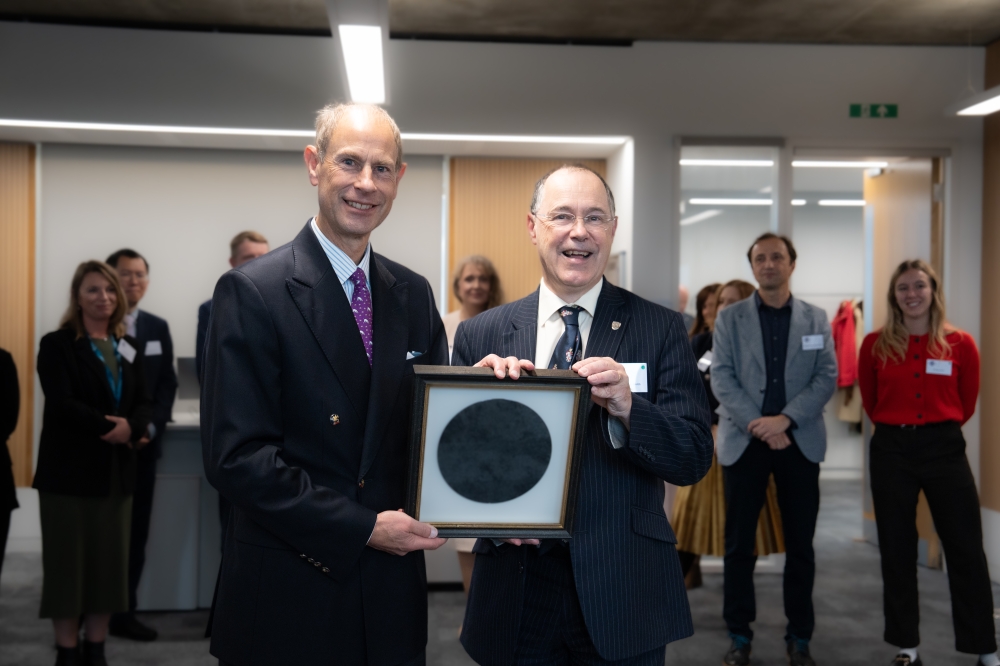imec sets record electro-optic performance in thin-film SrTiO₃

Research centre imec, in collaboration with KU Leuven and Ghent University, has engineered thin-film strontium titanate (SrTiO₃) with record electro-optic performance at cryogenic temperatures (4 K), a breakthrough for quantum photonic integrated circuits.
The team demonstrated an effective Pockels coefficient of nearly 350 pm/V, the highest reported for any thin-film electro-optic material at this temperature, while maintaining low optical loss. This combination enables smaller, faster electro-optic components, essential for modulators, interconnects, and transducers in quantum computing and ultra-low temperature photonic networks.
“By converting a quantum-paraelectric into a cryo-ferroelectric thin film, we reveal a powerful Pockels effect where none was expected,” said Christian Haffner, imec. “This opens a new materials lane for compact, low-loss electro-optic components at 4 K.”
The wafer-scale thin-film fabrication demonstrated by imec ensures the material is suitable for integration into photonic chips, supporting both quantum and advanced classical photonics applications. This work accelerates the roadmap toward next-generation quantum interconnects and high-performance cryogenic photonic devices.
The research is published in Science and reflects imec’s strategy of long-horizon, cross-disciplinary R&D to translate fundamental discoveries into scalable photonic technology platforms.
































